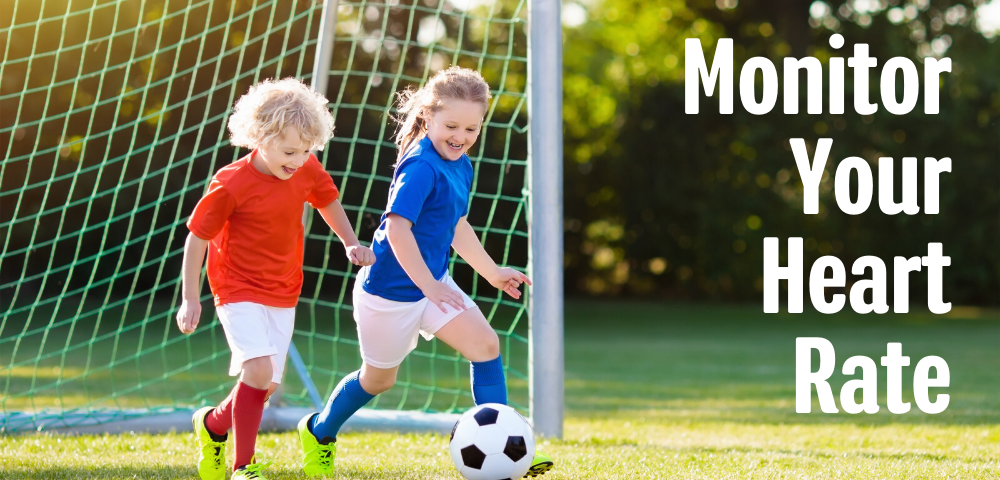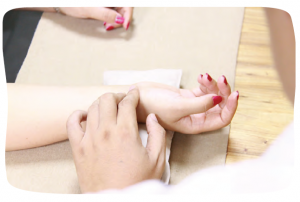
We all know exercise is important, but did you know you can use math to monitor your improvements? Keeping track of your resting and active heart rates is a great way to learn about cause and effect, and how exercise and physical activities raise or lower your heart rate. Who knew workouts could be so educational? And for the little ones, learn where your heart is, how to take a pulse, and the effects of exercise on your heart rate. Let’s get started!
MATERIALS
- Stopwatch (on your phone is fine)
- Pencil
- Optional: Jump rope, hula hoop, stairs, or any other fitness equipment
- Chart on page 2
TRY IT!
- Let’s get active! What are some activities that get your heart rate up? Here are some that we like, but think outside the box to find movements that help you be active and work for your age and ability! Ask your parents/guardians, older siblings, or anyone else to help you come up with fun ideas.
- Jump rope or hula hoop
- Jumping Jacks
- Walking in place or going up and down the stairs
- Push-ups or sit ups
- Seal claps (reaching your arms out wide and clapping in front of yourself as fast as you can)
- Running man (keep your bottom half still but move your top half as quick as you can like you’re running, pumping your arms back and forth)
- Any light cardio, like reaching from side to side, or even doing “heads shoulders knees and toes” in quick cycles
- Feel where your heart is on your chest. Can you feel it beating?
- Do one of your chosen activities. Okay, feel your chest now. What’s happening? Is it beating harder than before? Is it faster?
- Do another activity. Feel your heart. What’s happening now?

DIG DEEPER
- Start by taking your resting heart rate. This means your heart rate, or how fast your heart beats per minute, before you’ve started exercising. It is also known as baseline heart rate. Here’s how you figure out your heart rate:
- Find your pulse. You can find it on the underside of your wrist, or at the top of your throat right below your jaw. Poke around gently until you have found that steady beat.
- Once you’ve found it, gently place two fingers on that pulse.
- Using your stopwatch, time down from 10 seconds. Count how many beats you can feel in that 10 seconds.
- Multiply that number by 6 (this is how many times your heart would have beat in a minute). That number is your beats per minute (BPM).
- Record your baseline heart rate on the chart.
- Fill out the charts below with your chosen activities for your cycle. Do each of the activities you listed for 1 minute. Take your heart rate after each activity and note it on your chart.
- What do you notice? Which activity made your heart beat the fastest? What about the least? What do you notice about how you feel after doing the activities?
- Try the cycle again! This time, wait 10 minutes between each activity. What do you notice about how your heart rate rises or falls? Does taking a break make a difference?

